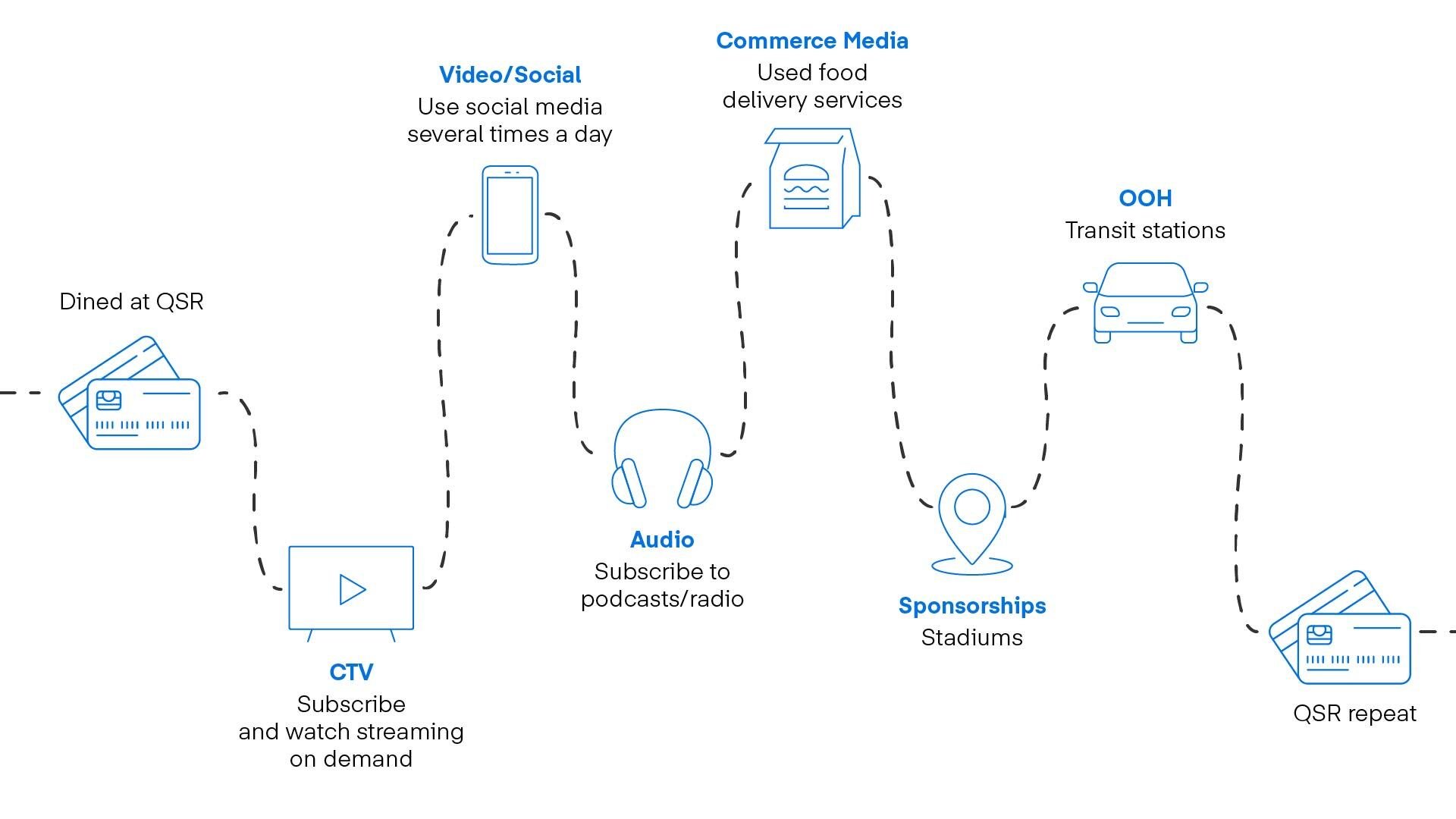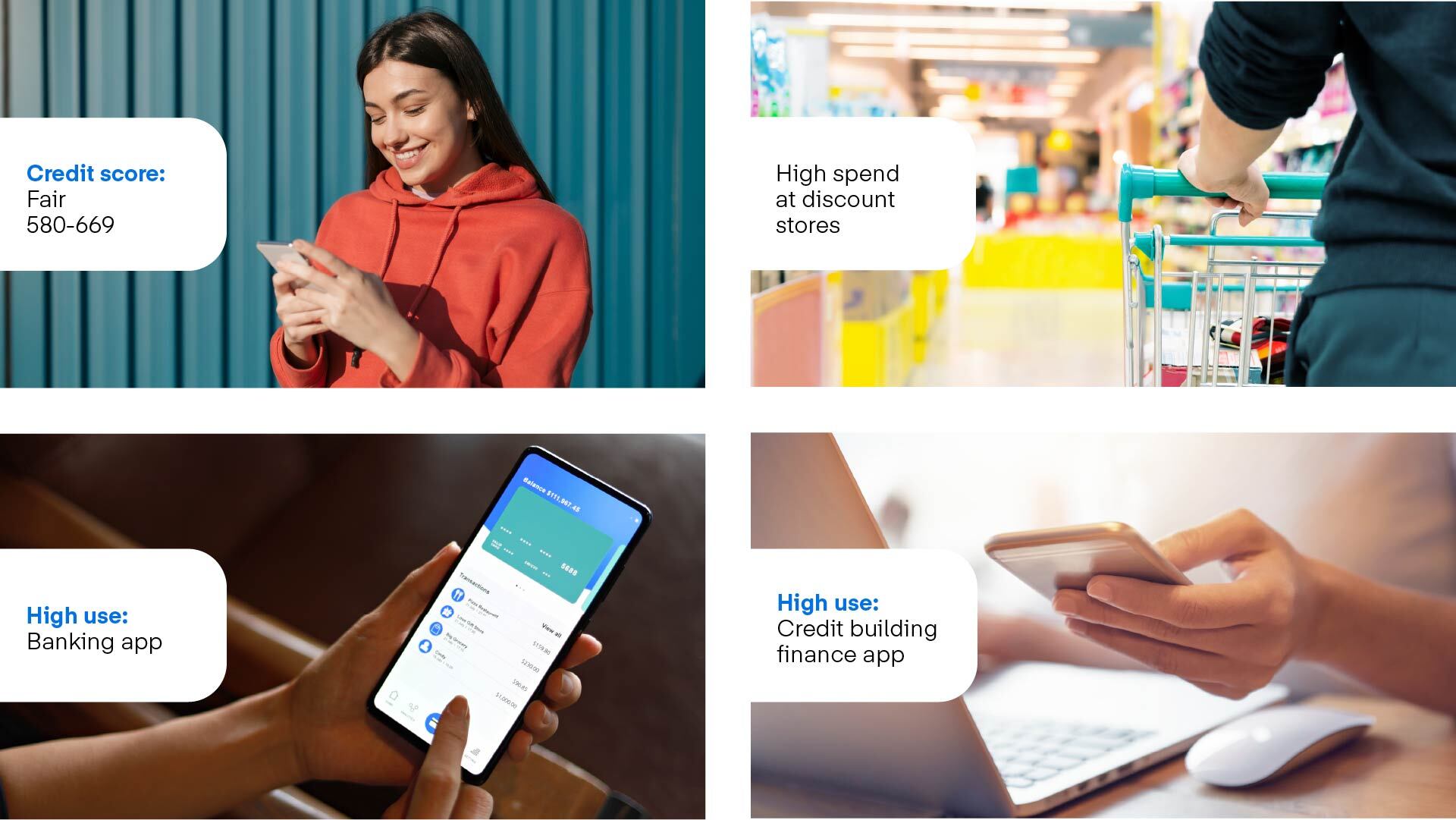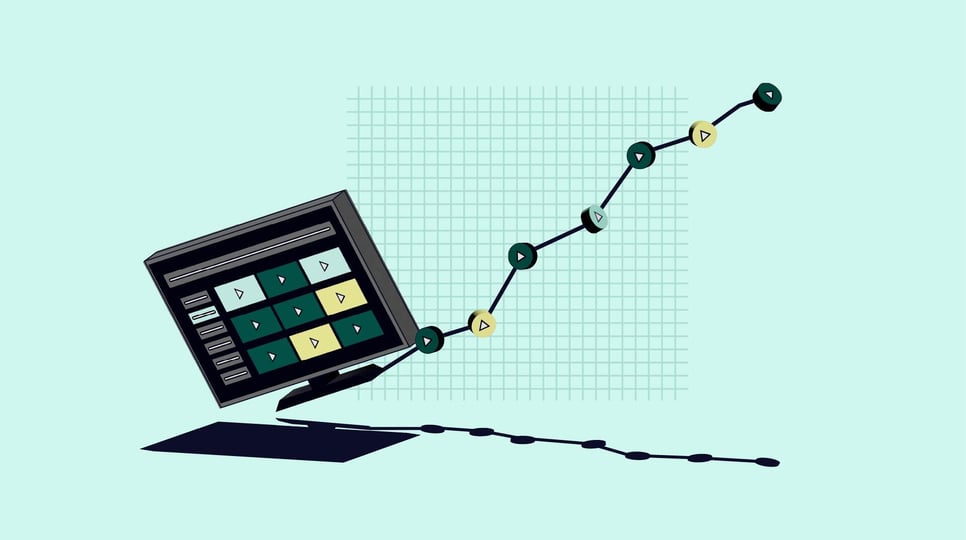Resources Data and measurement
The premium internet: where brands can reach audiences and activate first-party data

Select your country or region to see content tailored to your country.
Recruiting fraud is a growing issue for many companies.
The Trade Desk takes this issue seriously and is taking steps to address it.
Data and measurement

We’re living in data-rich times. From surveys to social-listening tools to website metrics, there are so many ways for brands to better understand their customers. The Trade Desk uses a broad range of observed consumer behaviors — including purchases and media behaviors from across the open internet — to provide you with insights that can inform your targeting, creative, and media strategies so you can advance those business-critical KPIs. Here are a few ways you can harness insights.
By using observed behavioral data that covers real-world touchpoints and purchases, you can stitch together valuable insights. Our partnership with Pogo helps advertisers trace a more robust consumer story using always-on behavioral data, including basket-level transactions.
Quick-service restaurants’ (QSR) clients utilize this partnership on our platform. While they have the first-party or CRM data to understand their own customer visits, they still struggle to fill out the details of customer behavior outside of their own restaurants. With Pogo, they identified that frequent QSR visitors (over three trips per week) exhibit certain behaviors that offer advertisers engagement opportunities between restaurant visits. For example, about 60% of this frequent-visitor audience watched subscription-based Connected TV (CTV) between visits.
Diving further into this audience’s CTV behavior, we also looked at open internet data and found that while Disney+ is where we see the highest share of CTV impressions for this audience, over 20 different CTV sellers make up the 95% of their CTV impressions. If QSR advertisers want to reach this frequent-visitor audience, such behavioral data points toward the use of a consolidated omnichannel media strategy.

When you uncover specific details about audiences — beyond simple demographics or surveyed responses — you can use that information to predict consumer behavior and tailor your creative strategies accordingly.
One of our clients wanted to gain a more comprehensive picture of their mobile app’s frequent users. They used Pogo to run predictive models against millions of known data points and determine the behavioral characteristics that best predicted the profile of a potential customer. The attributes they found (pictured below) outlined a financially conscious customer audience. Using our platform data, the advertiser also discovered that the customer audience had a high interest in food and drink content as well as a high volume of impressions on the free streaming platform Tubi — further underscoring the financially conscious persona. Based on these audience insights, the advertiser received a strong creative recommendation to highlight food, drink, and other discounts.

Beyond search and walled gardens, the rest of the open internet has a vast amount of data that can be useful for understanding brands, topics, and trends. In our final example, automotive advertisers can use behavioral data to refine targeting strategies. Using an engagement heat map of the U.S. — which relies on keywords to indicate the states where a higher number of consumers are engaged with electric vehicle content on the open internet — advertisers can target and optimize toward specific geos. This data can also be combined with brand- or competitor-content consumption to better inform targeting tactics.

With so much data at our fingertips to inform your plans, you shouldn’t make decisions based on pure instinct. Reach out to your dedicated account manager to learn how data from the open internet can help support your planning this year.
Resources Data and measurement

Resources Data and measurement

Resources Data and measurement
